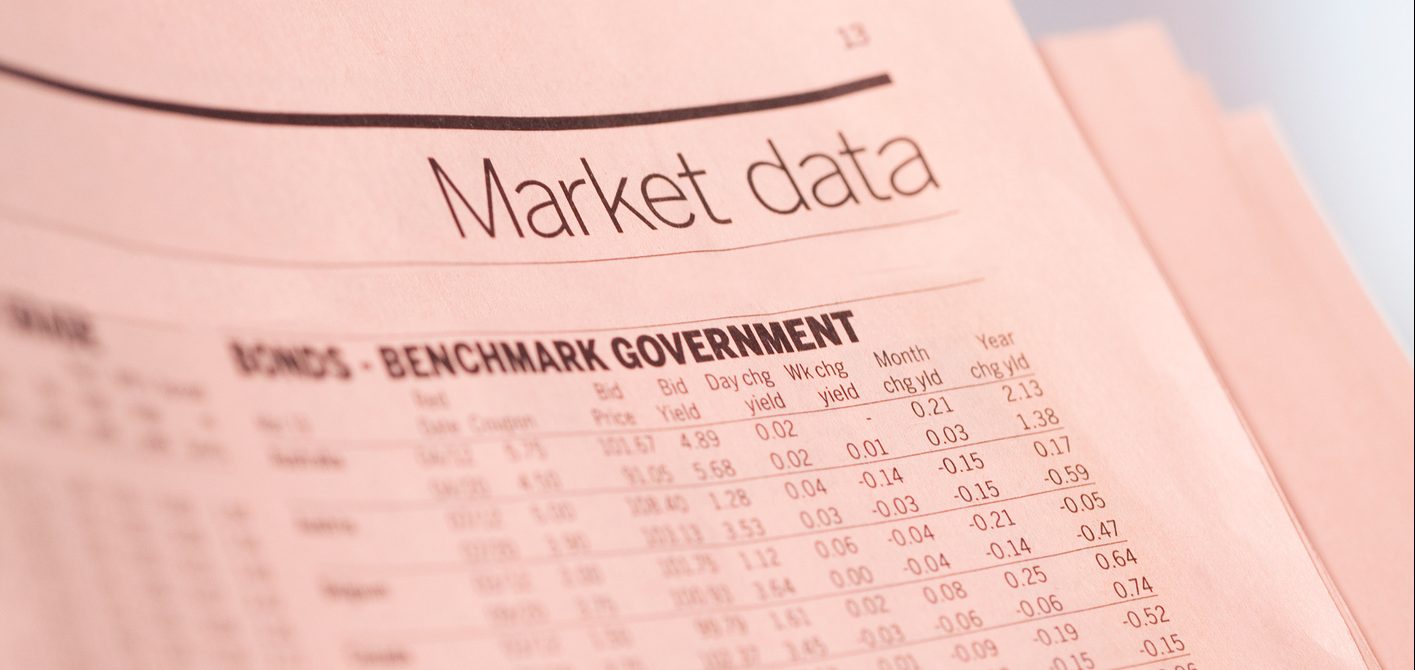Brush Up on Bonds: Interest Rate Changes and Duration

Do you own bonds or have money invested in a bond fund? If so, take time to brush up on two factors that can impact bond prices and fund returns—interest rate changes and a bond's duration.
The two are correlated. A well-known maxim of bond investing is that when interest rates fall, bond prices rise, and vice versa. This is also referred to as interest rate risk. And some bonds are more sensitive to interest rate changes than others. That sensitivity is known as a bond's duration. That's not to be confused with a bond's maturity, which is simply the date on which a bond issuer must repay the principal of a bond to the bond holder in full. Generally, the higher the duration, the more sensitive your bond investment will be to changes in interest rates.
Let’s dig deeper.
Bonds and Interest Rates
Why do bond prices tend to rise when interest rates fall and fall when interest rates rise?
Let's say you paid face value for a $1,000 bond with a 10-year maturity and a 6 percent coupon (or annual interest rate). Now let's jump forward. If one year later, interest rates have gone up and a comparable bond is issued with a 7 percent coupon rate, suddenly the bond you’re holding looks less appealing to potential purchasers.
Conversely, if interest rates decline, buyers should expect to pay above face value for your bond if you sell it before maturity.
If you’re a “buy and hold to maturity” bond investor, interest rate changes might have little or no direct impact on your fixed income assets. The market price of a bond doesn’t matter much if you aren’t looking to sell. You locked in a return that you were presumably satisfied with at the time, and fluctuating interest rate levels don’t change that.
Duration Details
Bond duration is a measure of the degree to which a bond investment is likely to change in value if interest rates were to rise or fall. The higher the number, the more sensitive your bond investment will be to changes in interest rates.
Generally speaking, for every 1 percentage-point change in interest rates, a bond will rise or fall in the opposite direction by an amount equal to its duration number.
For example, if a bond has a duration of 10 and interest rates increase by 1 percentage point, then that bond's price would be expected to decline by approximately 10 percent. If interest rates were to decline 1 percentage point, the bond's price would be expected to increase approximately 10 percent.
The calculations used to determine duration generally take into account a number of factors such as how much interest a bond pays during its lifespan, as well as a bond's call features, yield and time to maturity. In general, the higher the coupon rate, the lower the duration; the longer the maturity, the higher the duration.
To find a bond fund's duration, look at its fact sheet, which you can find on the fund company’s website. The duration can often be found in the “Bond Holding Statistics,” “Key Facts” or “Portfolio Data” sections.
Finding the duration of an individual bond can be trickier. Start by asking your investment professional or brokerage firm.
Keep in mind that just because a bond or bond fund has a low duration doesn’t mean it is low risk. In addition to duration risk, bonds and bond funds are subject to credit risk, inflation risk, call risk and other risk factors. Read a bond's offering document or a bond fund's prospectus to learn about all of these risks.
Learn more about bonds.



